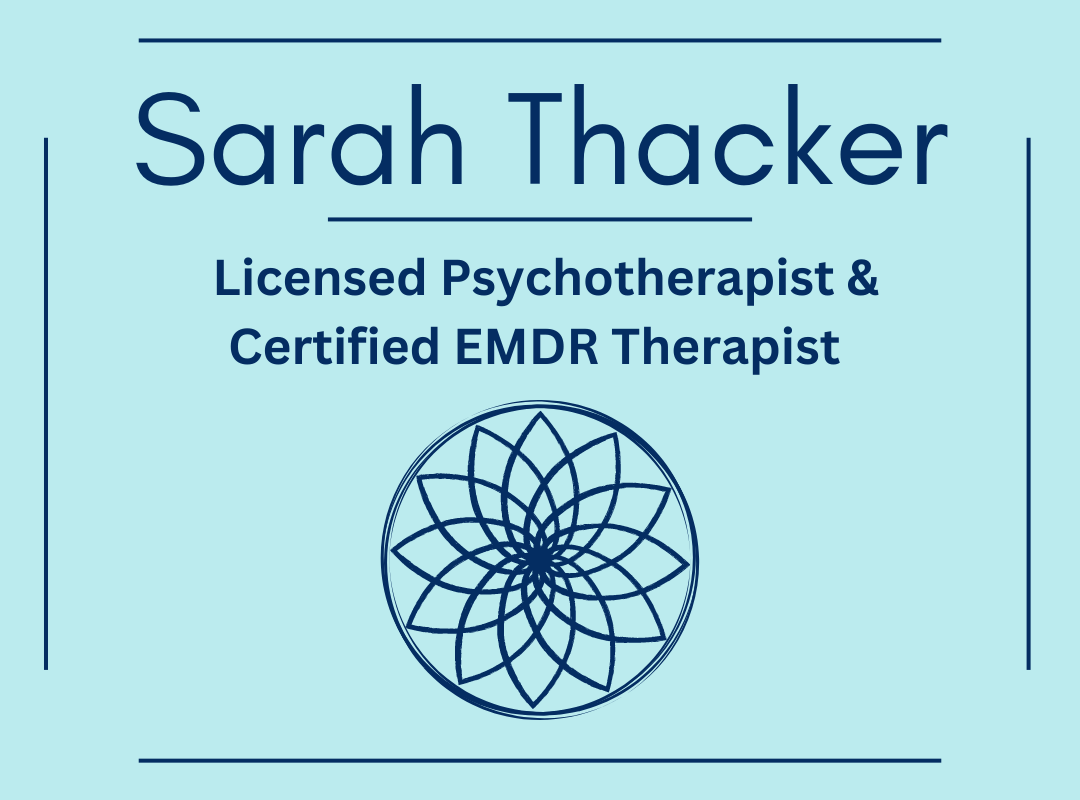This past spring I was asked to give a talk at a local university about the health benefits of being open-minded throughout your life. They were having a health fair and wanted to bring mental wellbeing into the conversation just as much as physical wellbeing. The person who reached out read a blog I wrote a while ago about this very topic (The Health Benefits of Remaining Curious and Open-Minded Throughout Your Life) and thought it would be helpful to help young adults learn how to communicate in a way that fosters connection, tolerance, and acceptance. It seems that learning how to communicate with compassion, understanding, and acceptance is now, more than ever, absolutely vital — and not just for young adults.
When I asked the group how many people considered themselves to be open-minded, everyone raised their hand. When I asked how many people liked to be right, again, everyone raised their hand. When I asked how many of them felt the need to prove that they were right, many kept their hands raised. Most people hold onto their viewpoints for dear life and are willing to fight to feel as though they are right, to fight to prove that they are right.
The truth is, our thoughts, beliefs, and opinions can be different, but we can still learn to understand one another. The trouble is we are hard-wired to go into fight or flight mode when our nervous system perceives that we are under threat. When we feel threatened by someone else’s viewpoint, beliefs, opinions, or thoughts, we can go into sympathetic nervous system arousal, or fight or flight mode. Living in a state of stress, fear, and defensiveness leads to poor health outcomes over time. Learning to create more room for open-mindedness actually increases a sense of feeling safe and decreases the experience of feeling under threat due to someone having a different viewpoint than you.
This is where we can make some space for becoming open-minded through the most valuable of skills, which is learning how to listen. When it comes to communication, listening is the most important aspect. When we are truly listening, we have to hear, take in, and digest what a person is saying. This has nothing to do with agreeing; it has everything to do with becoming open and interested and how to consider that your perspective and someone else’s can differ greatly, and that is not necessarily a threat.
How often when you are in conversation are you thinking about what you will say in response versus hearing what the other person is saying? How often are you formulating judgments about someone based on what they are saying? Of course these things happen; we are all humans after all, loaded with our open opinions and judgments, whether we recognize them or not. This process is about recognizing and making a new choice on how to connect with another human being. Learning to listen, to hear, with curiosity and compassion is essential to learning how to communicate and become more open-minded. Curiosity and compassion are the cornerstones of open-mindedness. When used in communication you create a space to allow someone to feel heard, seen, and valued. This is mindful communication in action.
When children are small and trying to make sense of the world, they ask one question over and over: they ask “Why?” They are curious; they want to learn and understand. Maintaining this sense of curiosity allows you to be a human being, to reduce the need for perfectionism, to reduce the feeling of being threatened by someone else’s perspective, and to reduce the need be right at all costs. Being curious in conversations, especially when you aren’t necessarily understanding someone, can contribute to your growth, expand your awareness, and create mental flexibility and openness. So often when we are having discussions with others, we can be concerned about making a good impression, to come across a certain way, to be viewed in a light we desire - and to be right. However, if you can enter into conversations and discussions in a way where you are concerned about making a positive connection with the person, that will contribute to feeling more positively about yourself and the other person. When you focus on making a positive connective (which feeds the soul) versus a good impression (which feeds the ego) you can create more compassion and understanding. This process creates a feeling of safety, and this can come from listening mindfully, truly hearing, contributing, and being curious. This is how to become more open-minded.
Here are a few ways you can integrate open-mindedness in a conversation about anything where you may not agree with or understand a person’s perspective, so you can focus on connecting versus impressing or fighting:
I’m curious, when did you first start to see it that way?
Are you interested in hearing a different take on that?
From my perspective, I see it differently; can I share with you how I see it and why I see it that way?
I enjoyed learning about your perspective; thank you for sharing.
When asking the first three questions you will usually find that many people actually are curious; they do want to hear more, and they love to share their own reasons behind how they think and feel about what they do. The last one is great because you don’t always have to share just because you have a different viewpoint, perspective, or opinion. At the root of compassionate listening is just that: being present, mindful, accepting, tolerant, and open. As soon as you notice any hint of feeling threatened, see if you can take a deep breath and just get curious. Notice what happens when you practice communicating with others in a way where curiosity leads. You just might make an unexpected connection.



